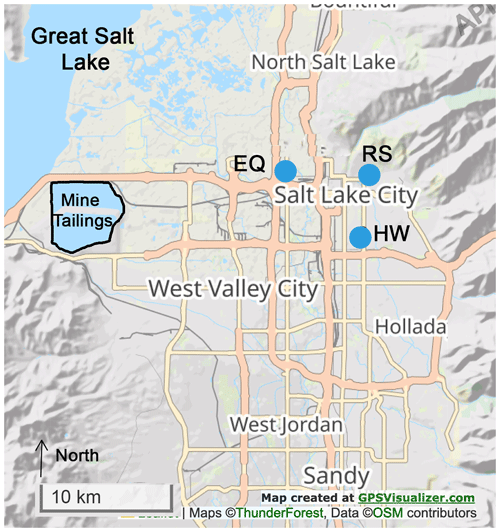Study Explores Enhanced Dust Measurement Techniques in Arid Regions
Posted: January 8, 2026

As climate change advances, the expansion of arid and semi-arid lands is expected to amplify dust events and their associated health impacts. A critical aspect of understanding and mitigating these effects lies in accurately measuring dust particles, specifically PM10. Particulate matter (PM) refers to the mixture of tiny solid particles and liquid droplets suspended in the air. PM10, particles with a diameter of 10 micrometers or smaller, can be inhaled, posing health risks. For context, human hair has a diameter of about 70 micrometers, making PM10 roughly seven times smaller.
Despite the growing need for PM10 data, current regulatory measurements are sparse, especially compared to those for finer particles like PM2.5, which are 2.5 micrometers or smaller in diameter. This size is nearly thirty times smaller than the width of human hair, emphasizing the scale of these minuscule but impactful particles.
Addressing this measurement gap, a study in the Salt Lake Valley, adjacent to the Great Salt Lake, evaluated two low-cost PM sensors' performance against standard reference measurements. The valley, with its recently exposed 1865 km² of dry lake bed, is a prime location for such research.
The Plantower PMS5003 and Alphasense OPC-N3 sensors were tested. While the OPC-N3 showed strong correlation with standard PM10 measurements, the PMS5003 initially underperformed. However, a PM-ratio-based correction method significantly improved its accuracy.
This research is vital in regions like the Salt Lake Valley, where dust events are becoming more frequent and severe. It suggests that a combination of low-cost sensors and more advanced measurements can provide a clearer, more detailed picture of PM10 concentrations. Such data is crucial for public health and environmental management, particularly in areas increasingly affected by climate change.
Read this open access research article.

 Dust^2
Dust^2